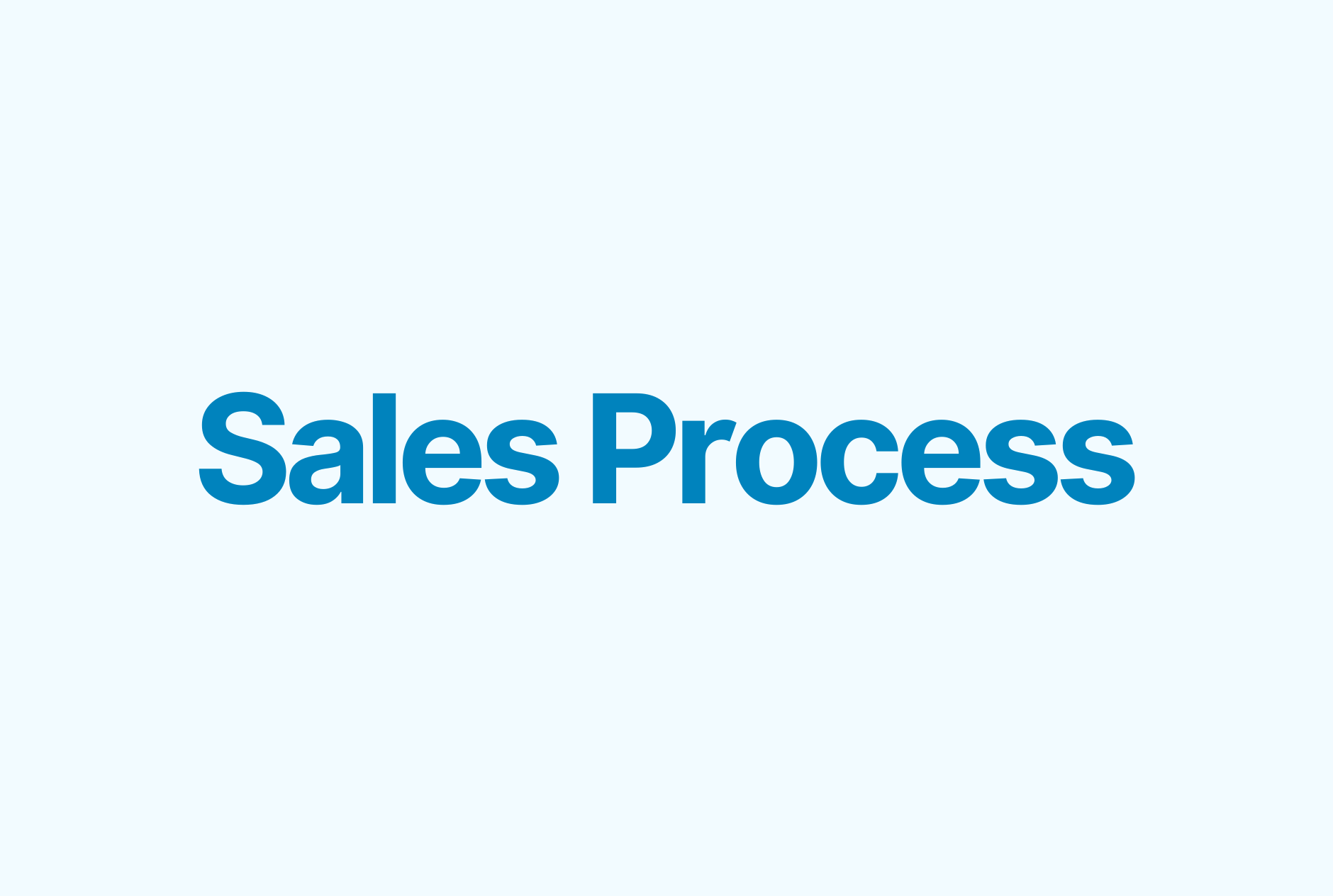4 Best Practices to Align Your Customer Success and Sales Teams
.png)
Sales and Customer Success teams have different objectives. While sales could be responsible for acquiring new customers, CS could be accountable for customer retention and even expansion. But, they could also share common goals such as customer satisfaction, delivering exceptional customer experiences, and driving revenue growth. Despite the overlapping responsibilities of sales and CS teams, it is only through alignment that their shared goals can be achieved.
In this article, we will discuss why cross-departmental alignment matters and the benefits you can gain by aligning sales and CS teams. We will also share some of the best practices to achieve perfect alignment for delivering above-and-beyond customer experiences that can ultimately boost revenue, growth, retention, and loyalty.
Why Sales and Customer Success Alignment Matters
Cross-departmental collaboration improves team alignment and ensures that the roles and objectives are clearly defined. Do sales and CS teams share the same definition of an ideal customer profile (ICP)? Are they clear about whom the ideal customer is and why they are considered successful?
While sales handles all opportunities, they work with an ICP that’s essentially defined by customer-facing teams. CS in particular has the ability to determine if a customer fits the ICP or if the ICP needs to be amended. So, the question becomes: is there a process established or system implemented to share information and knowledge between the teams?
If you are still not convinced, consider these three important benefits of aligning your sales and CS teams:
- Improve overall customer experience and satisfaction - When sales and customer success teams are aligned it can decrease the friction in conversations with customers.
For instance, in the onboarding process, the sales-customer success handoff is a critical element, especially for SaaS businesses that rely on subscription renewals and building long-lasting customer relationships. Aligning teams can improve customer experience and allow customers to seamlessly transition into using the product, leading to higher customer satisfaction.
- Allow CS teams to better handle renewal and upselling opportunities - Multiple teams have different responsibilities in various stages of the customer lifecycle - from interest, purchase, implementation, onboarding, expansion, to renewal. And based on the structure of the revenue process and company objectives, responsibilities could differ.
If CS and sales are better aligned, customer handovers are smoother, more information gets passed on and stronger relationships are built with the PoC. This eventually leads to a less challenging renewal process and easier sale of add-ons.
- Drive early Time to Value (TTV) - When CS and Sales get a better understanding of customers’ goals, it can be easier to drive customers to gain the expected product value sooner.
Keep in mind that when there’s a disconnect between CS and Sales it could lead to unsatisfactory customer experience. Take for instance the disappointment of a customer who does not receive what was promised during a sales pitch. This frustrating experience for the customer could also lead to poor reviews and lack of future business.
Now that you understand why alignment between sales and CS teams is important, let's take a look at some of the best practices that you can adopt.
4 Best Practices to Align Customer Success and Sales Teams
1. Include the CSM Earlier in the Sales Process
Including CSMs earlier in the sales process (as early as the pre-sales stage) can build a strong foundation to develop a relationship with high-value customers. Collaboration between sales and CS can also help to develop success criteria, identify metrics and outcomes, and set expectations for customers about engagement.
Essentially known as a Customer Success Plan, it can facilitate a streamlined hand-off process so that the transition for a customer from when a deal closes to onboarding and product adoption is smooth.
2. Establish and Optimize The Handover Process
Customers (after a lengthy sales process) expect CS professionals to know their needs and preferences - especially in high-touch business models.
Before the handoff process, ask yourself - when should sales introduce CSM into the process and what is the right moment for a handoff? Will it be a smooth transition or a simple switch? What is the role of sales and CS in the handoff and what tools can be used to make the handoff more efficient?

3. Conduct Regular Check-Ins
Another best practice to align CS and sales teams is to conduct bi-weekly or monthly check-ins.
This need not be a complex process. It could be a concise agenda-driven meeting between a sales leader and a CSM. These meetings could be an opportunity to discuss improvements and exchange insights - from identifying communication gaps, optimizing the handover process, and assessing customer fit, to ideas for improvement. It could also allow for identifying issues and finding solutions before they develop into unfavorable trends.
Keep in mind that it’s important to record and maintain a ‘living document’ of ideas, issues, and improvements. This can serve as a reference to assess progress and revisit suggestions in the future.
4. Create a RACI Map
Who owns what? That’s a common question that arises when different teams work together. Like mentioned earlier, based on the structure of the revenue process and objectives, teams could have different responsibilities.
Sales and Customer Success (CS) have different roles in companies. For certain companies, sales is responsible for expanding the business, while CS focuses on customer onboarding. However, in other companies, CS may also be involved in the initial stages of the customer lifecycle.
When responsibilities overlap, accountability can get blurred. Creating a Responsible, Accountable, Consulted, Informed (RACI) matrix or chart can be helpful. It can establish clearly defined roles, instill accountability, and avoid confusion about who is responsible for different tasks.
Take for instance the chart below. It clearly states how each task should be handled by which team.

5. Align CRM and CS data
When initiatives and goals need to be aligned, communication and cooperation are important. That’s why technology can be leveraged to facilitate cross-functional collaboration. For instance, a sales team may actively use customer relationship management (CRM) software while CS teams could be using a customer success platform (CSP). The two platforms need to talk to each other. By combining information from various tools used by different teams, proactive responses can be established to address roadblocks in the customer’s journey.
Think about it: the sales team, as the first touchpoint, has troves of information about potential customers - their pain points, expectations, and what they want the product to solve. This information - about customer expectations and goals - is the foundation upon which the customer experience can be built, and it needs to be passed on to CSMs.
Collaboration between sales and customer service teams can bridge the gap created by data silos, resulting in a single source of truth and helping achieve shared goals.
For example. sales and customer service teams should coordinate from the start and collaborate to create a single customer portal. This will help them take proactive actions at each stage of the customer journey.
A final note: Align Sales and CS to improve customer experience
In conclusion, aligning sales and customer success teams is crucial for achieving a seamless customer experience and driving business growth. Investing in customer success can support sales teams to acquire, retain, and expand the customer base while nurturing long-term success.
By understanding the benefits of alignment highlighted in this article and following the best practices, you can break down silos, optimize cross-departmental collaboration and leverage technology to perfectly align your sales and customer success teams.



.png)









.png)